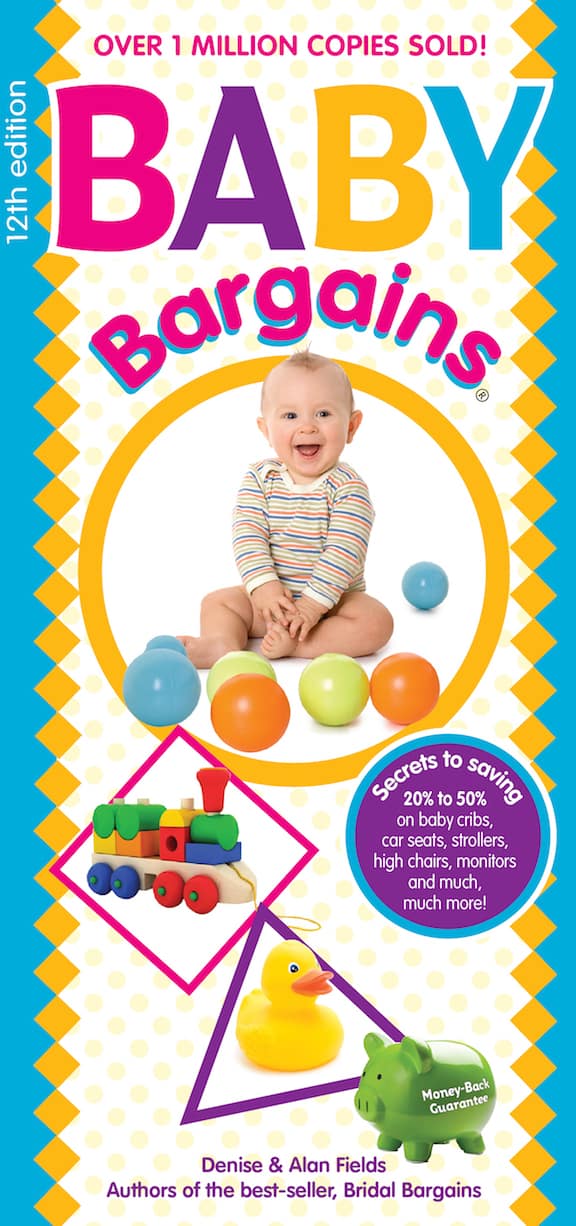Finding the Best Bed Risers: Tips & Tricks
Let’s talk bed risers!
These simple pieces of molded plastic are used most commonly to add storage under a bed—think a college dorm room, for example.
However, in talking with our parent readers, we found several more creative uses for bed risers:
• Raise up a couch. Low-slung couches are all the rage—but they can be difficult for some folks (think seniors) to get on and off. A bed riser enables a more comfortable height for disabled or elderly folks.
• Kitchen tables into kitchen islands. Three feet (36″) is the standard height for a kitchen island. Here’s a clever trick: turn a kitchen table (average height 30″) into an affordable kitchen island by adding bed risers.
• Standing desk. A regular desk is typically 28″ or 30″ off the ground. By using bed risers, you can add up to 8″ to the desk—which might work for folks who are under six feet tall.
We spent six hours researching bed risers and tried out several brands ourselves. Here are some take-home messages to consider when shopping for bed risers:
- USB ports are handy. Yes, some bed risers have electrical outlets and USB ports—that is a great convenience, especially in a college dorm room where lack of space is an issue.
- Measure the table or bed leg THICKNESS before ordering. Most bed risers fit bed posts that are 2.75″ or 3″ wide. Some specialty bed risers go up to 5″ in thickness.
- Stability is a key issue. Make sure the bed riser correctly fits the thickness of the posts—and too thin posts can be a problem. Some bed riser makers do not recommend their products for beds with thin posts (less than 1.5″ thickness, for example).
- Larger beds (queen and king size) may require extra sets since there are supports in the middle, not just at the corners!
Here are the best bed risers, based on our research and recommendations from our readers.
About the Authors
Denise & Alan Fields are consumer advocates and best-selling authors. The Fields have authored 12 books with three million copies in print, including the best-selling guide to baby gear, Baby Bargains.
The Fields have been featured and quoted in the New York Times, Wall Street Journal and Los Angeles Times.
As consumer products experts, the Fields have been guests on the NBC Today Show, Good Morning America and ABC’s 20/20.
How We Pick Products To Recommend
We often turn to our readers (3 million strong!) to find products to recommend. We ask our parent readers for their favorites and consider their real-world experiences in our recommendations.
When we test a product, we always purchase it with our own monies. We do not take free samples, as we believe that compromises our independence.
We also fact check manufacturer information with our own measurements. If a maker claims a product weighs X pounds, we will weigh it to make sure. If the battery life is supposed to be six hours, we will see how it stands up in the real world.
In some cases, we will do interviews with experts in the field to get additional feedback on products.
To get hands-on time with products, we regularly meet one-on-one with gear companies and even tour manufacturing facilities. (When we do this, we pay our own travel expenses).
Why Trust Us
We’ve been rating and reviewing products for the home and families since 1994. We do extensive research, evaluating products with an eye toward quality, ease of use and affordability.
We make our living from affiliate commissions, but we always recommend what we think are the best bets for our readers (not the ones that are the most expensive). We are always looking for products that offer the best bang for the buck.
Our independence is a key reason why we have been doing this so long. As we mentioned above, when we purchase a product for hands-on testing, we do so with our own money.
Here’s another key point: we don’t take money from the brands we review. No free samples, no sponsors, no “partnerships.” Our work is 100% reader-supported!

 We obsess over baby gear . . . so you don't have to. Baby Bargains has one mission: help you find the best gear for your baby with unbiased reviews by experts with 20 years of experience. At prices that don't break the bank. When you purchase a product from links on this site, we make a small affiliate commission. Learn more
We obsess over baby gear . . . so you don't have to. Baby Bargains has one mission: help you find the best gear for your baby with unbiased reviews by experts with 20 years of experience. At prices that don't break the bank. When you purchase a product from links on this site, we make a small affiliate commission. Learn more 
